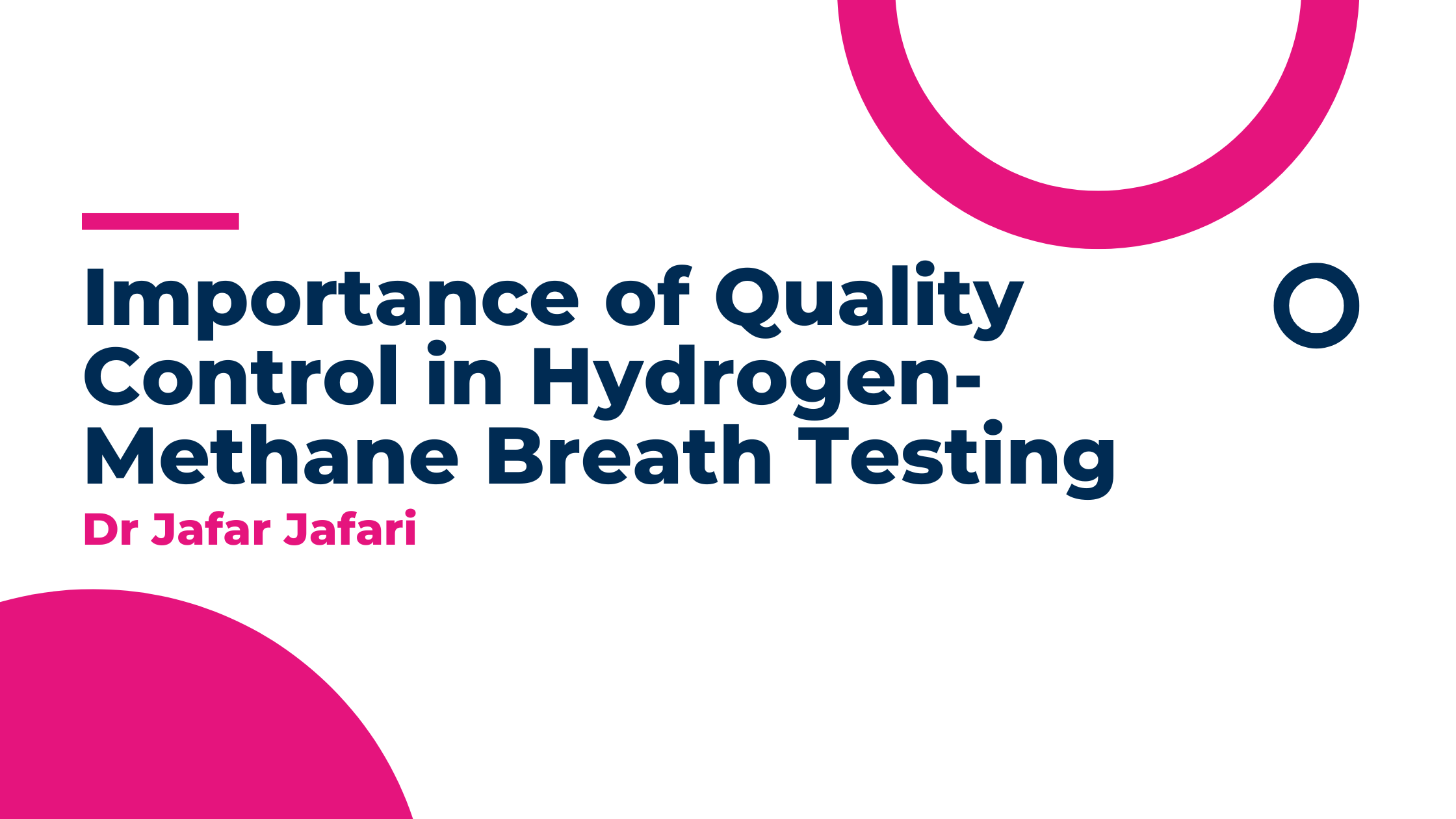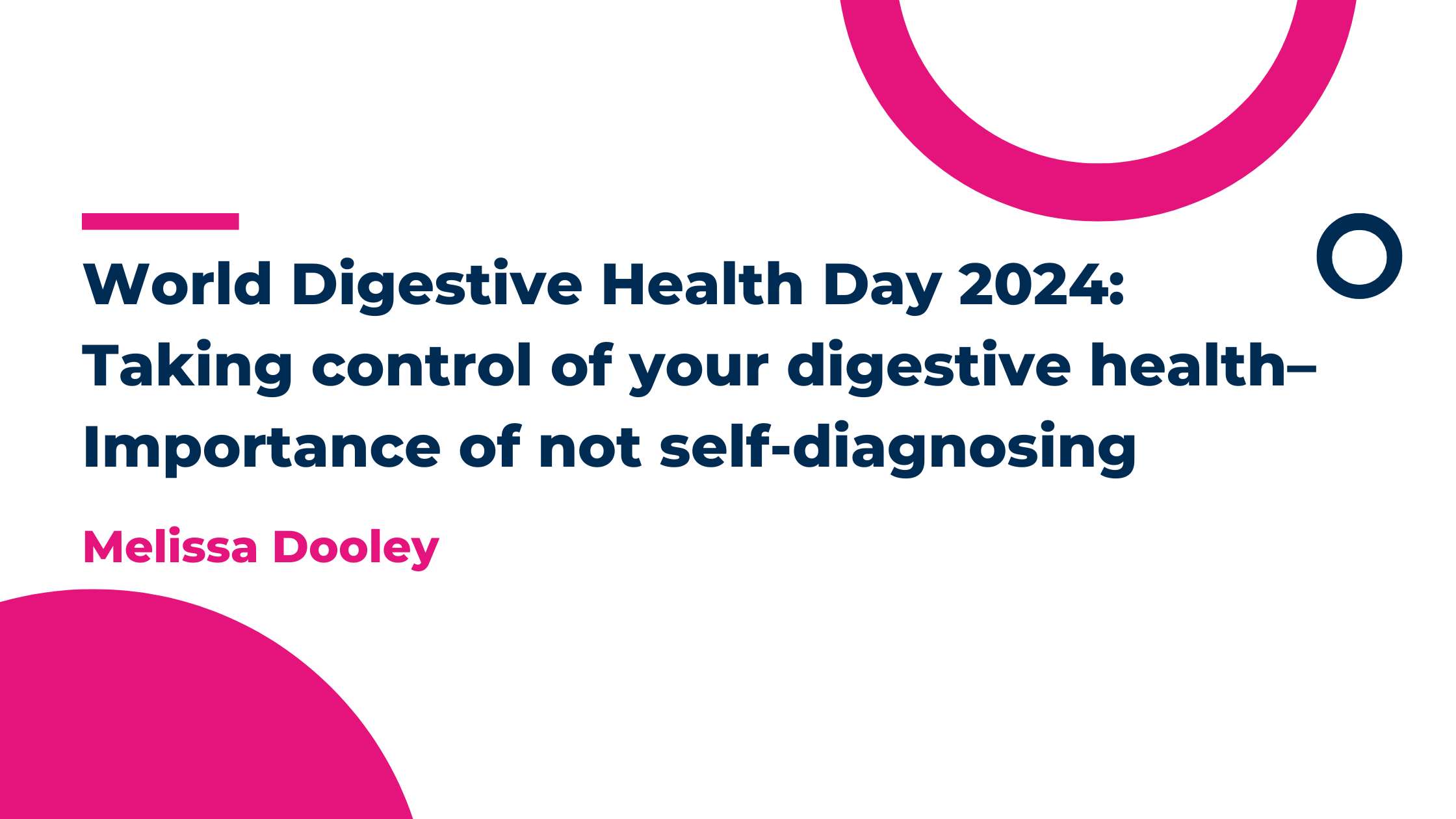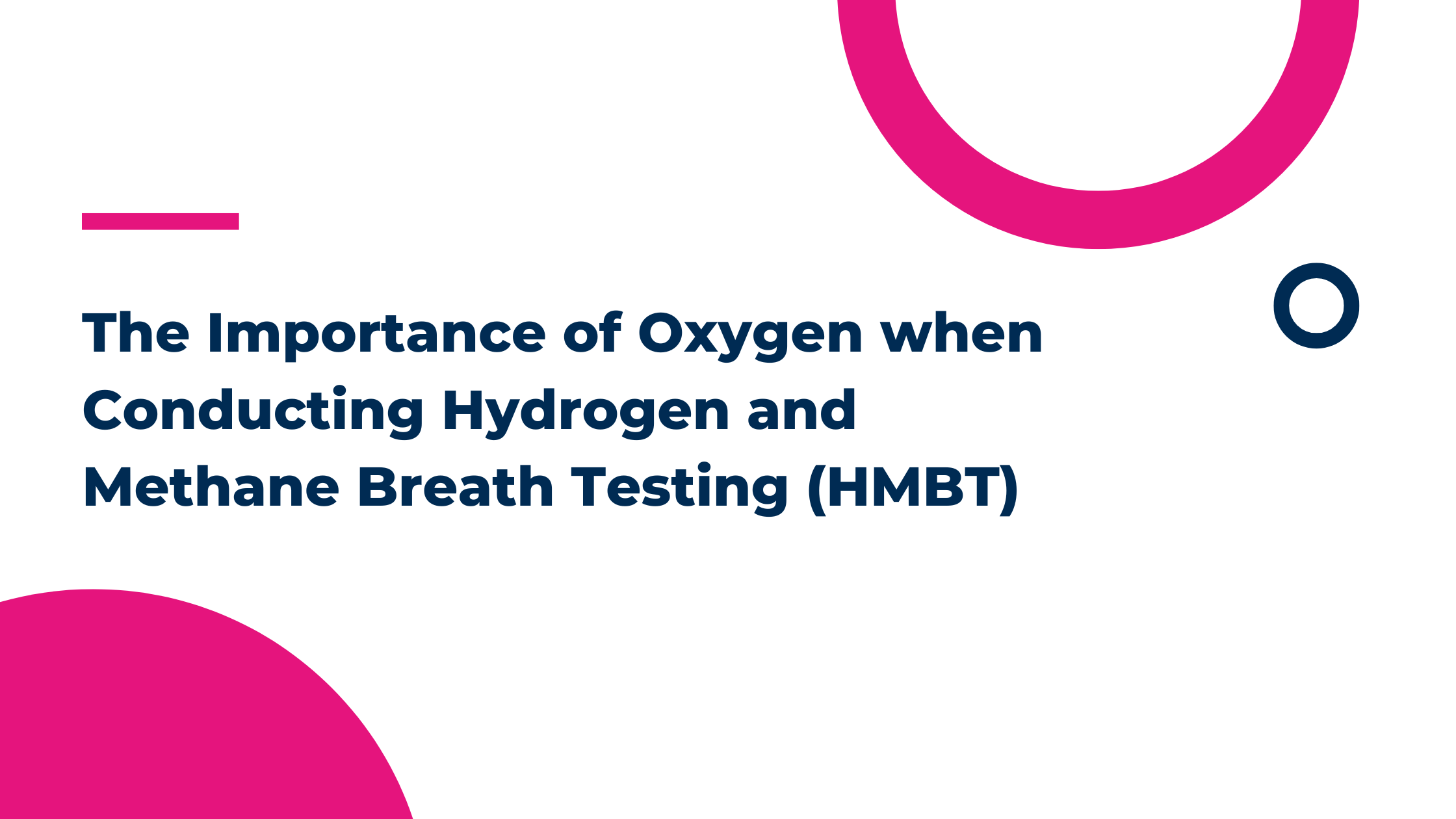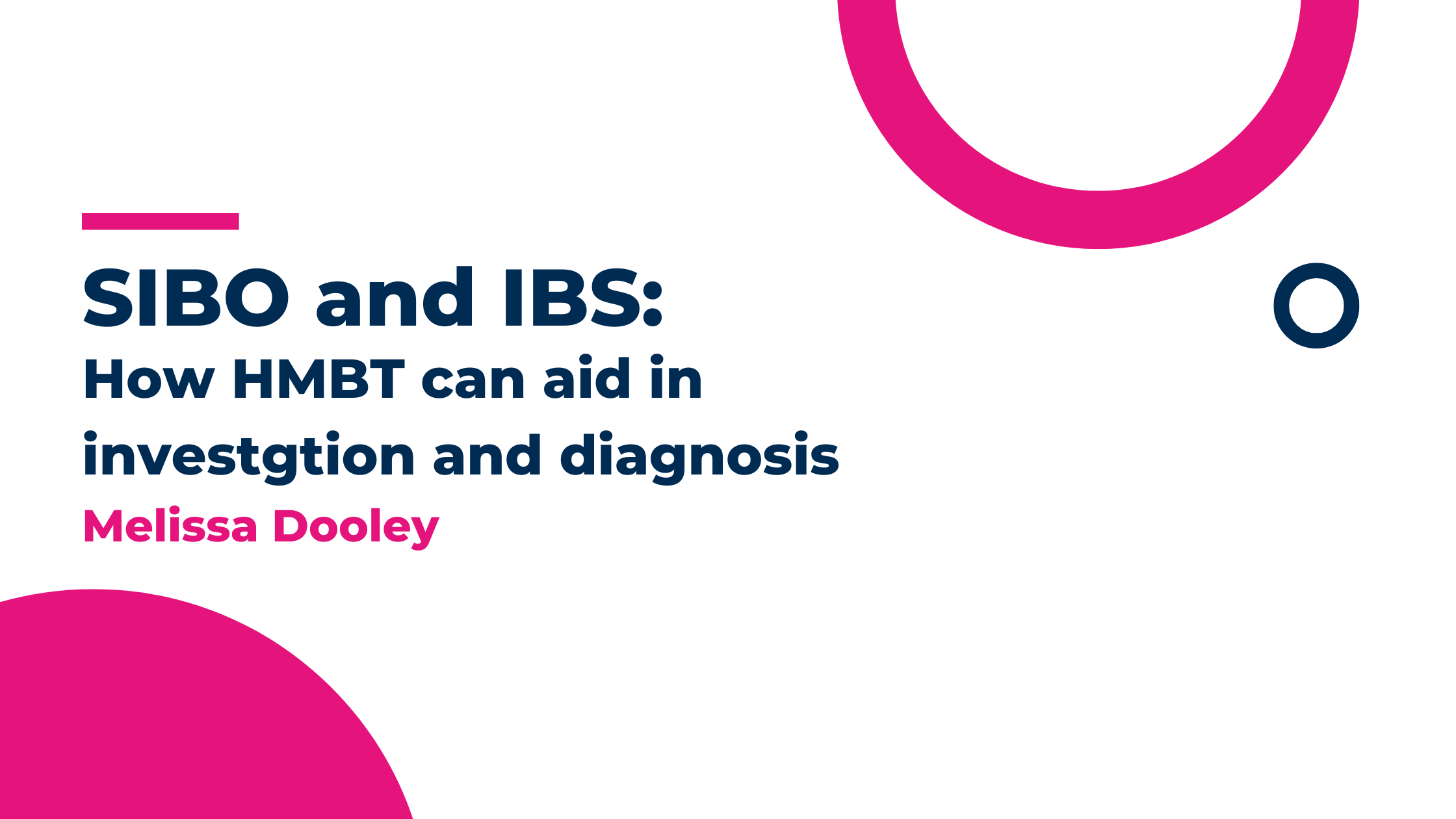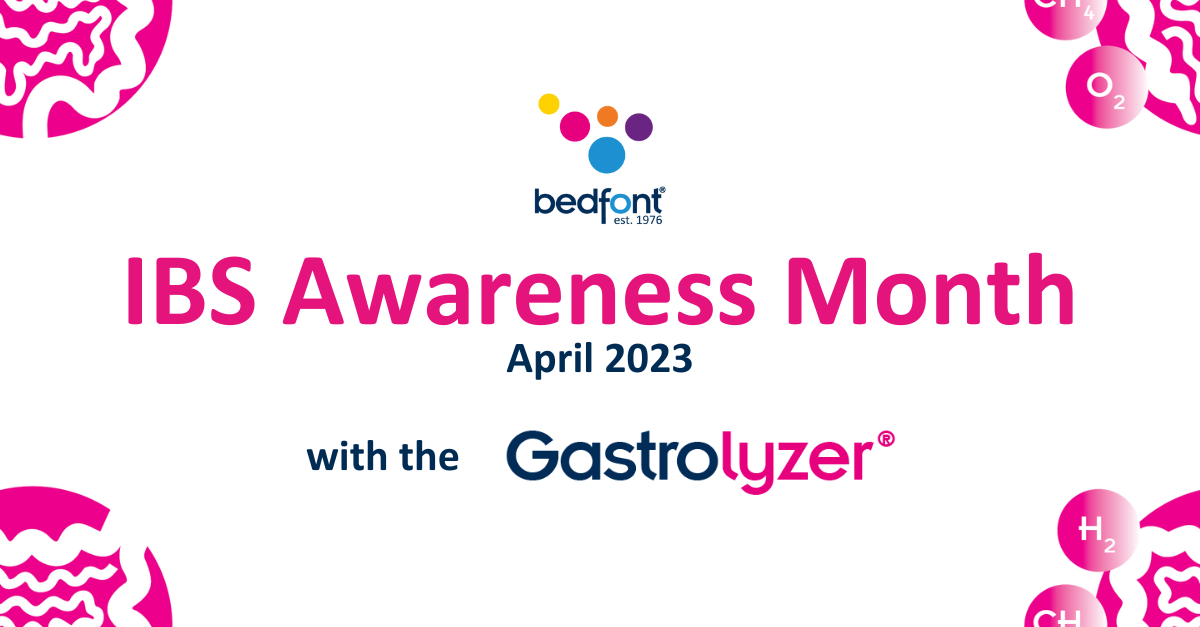Hydrogen-methane breath testing (HMBT) is a widely used, non-invasive method to diagnose conditions such as small intestinal bacterial overgrowth (SIBO) and carbohydrate malabsorption (e.g. lactose intolerance). The accuracy of HMBT results depends heavily on proper quality controls, accurate calibration, appropriate sample collection, and meticulous interpretation of results. This article explores these aspects to emphasise their significance in obtaining reliable and clinically meaningful results.
Introduction to HMBT
HMBT measures the amount of hydrogen (H2) and/ or methane (CH4) in the breath after ingesting specific carbohydrates. Under normal conditions, small amounts of H2 and/ or CH4 are produced in the large intestine. However, in cases of carbohydrate malabsorption or SIBO, undigested carbohydrates are fermented by bacteria in the small intestine (SIBO) or the large intestine (malabsorption), producing H2 and/ or CH4 that is absorbed into the bloodstream and exhaled in the breath. The GastroCH4ECK® HMBT device is one of two devices in the Gastrolyzer® range, manufactured by Bedfont® Scientific Limited. The GastroCH4ECK® offers non-invasive direct breath testing, providing instant results. Breath samples can be captured using a breath bag and analysed at a later time.
Quality Control in HMBT
Quality control is a critical component of any diagnostic test to ensure the accuracy, reliability, and reproducibility of the results. The effectiveness of HMBT relies heavily on stringent quality control measures. Inconsistencies or errors in any stage of the testing process can significantly impact the interpretation of results, potentially leading to misdiagnosis and inappropriate treatment. In HMBT, quality control involves several key processes.
Calibration of the HMBT device:
The HMBT device must be calibrated at intervals advised by the manufacturer using a known standard gas concentration to ensure it provides accurate readings. This involves running the standard gas through the device and adjusting the machine to match the known concentration. Zero calibration involves ensuring that the device reads zero when exposed to ambient air, as ambient air should ideally contain negligible H2. Accurate zero calibration ensures that any detected H2 is due to gastrointestinal fermentation and not background noise. Span calibration involves adjusting the device to read accurately at a higher concentration using a calibration gas with a known H2 and CH4 concentration. Regularly changing the filters in the breath device is necessary to maintain its accuracy and prevent contamination. A log for filter changes helps track when filters were last replaced and ensures that they are changed according to the manufacturer’s recommendations, thus maintaining the integrity of the samples.
Standard Operating Procedures (SOPs):
SOPs for HMBT should include detailed instructions for preparing the patient, conducting the test, and handling samples. Routine maintenance is crucial to prevent significant errors and variability in results. The GastroCH4ECK® must be calibrated before first use, after transportation, and once every 4 weeks. To ensure timely calibration, a reminder will be displayed on the screen during start-up. Bedfont® recommends that the GastroCH4ECK® should have an annual service to check sensors and components to ensure its longevity and accuracy. This maintenance includes a thorough inspection, cleaning, calibration, and replacement of worn-out parts. Keeping a log of annual maintenance activities helps track the condition of the device and ensures that it receives timely servicing, preventing unexpected malfunctions.
Unlike other HMBT devices that measure carbon dioxide (CO2), the GastroCH4ECK® measures oxygen (O2), which is a quality indicator for the breath sample1. The measurement of O2 is essential as it helps to ensure that the bacteria in the large intestine, rather than those in the mouth or stomach, are responsible for any gas production observed during the test.
The accuracy of the HMBT results relies on proper sample collection and patient preparation. Several factors must be considered to ensure valid results. Patients are advised to follow a specific diet for 24-48 hours before the test, avoiding high-fibre and fermented foods to prevent high baseline H2 and CH4. Fasting for at least 12 hours before the test is crucial to minimise these baseline levels and align with standardisation studies establishing normal ranges in a fasting state, ensuring predictable and stable intestinal motility.
Patients should always consult with a healthcare professional first, before stopping any medication to ensure proper preparation and guidance. Certain medications, such as antibiotics, probiotics, and laxatives, should be avoided as they can disrupt gut flora and affect H2 and CH4 production. However, patients on long-term use with unchanged symptoms may continue these medications unless instructed by a healthcare professional. On the day of the test, patients should avoid physical activity and remain seated to prevent accelerated gastrointestinal transit, which can affect timing and H2 and CH4 concentration. Additionally, patients should avoid sleeping, as it alters gastrointestinal motility and impacts test results.
The test will begin with a collection of a baseline breath sample to measure the H2 and CH4 levels before carbohydrate ingestion. Then the patient will ingest a specific carbohydrate (e.g. lactulose, glucose, or lactose). The choice of the substrate depends on the clinical question (e.g. lactulose for SIBO, lactose for lactose intolerance). The patient must consume the standardised amount of the test substrate dissolved in a specified amount of water, following international guidelines. Breath samples are then collected at regular intervals (e.g. every 15-20 minutes) for 2-3 hours post-ingestion. Consistent timing is essential to accurately capture the H2 and CH4 production curves.
Several factors can affect the accuracy of HMBT results. Patients must adhere to the dietary and fasting instructions; non-compliance can lead to high baseline H2 and CH4 levels. Proper calibration and maintenance of the HMBT device is essential, malfunctioning equipment can lead to inaccurate readings. To avoid interpretation variability in HMBTs, it is crucial to adhere to a single reference guideline for performance and analysis. Currently, the most credible guideline is the North American Consensus2. Using this guideline ensures standardised procedures and consistent interpretation of results, minimising discrepancies and enhancing the reliability of HMBTs.
Environmental Monitoring:
Each HMBT device manufacturer provides specific instructions regarding the storage and operational temperatures for their devices. It is crucial to adhere strictly to these temperature guidelines when conducting direct breath tests and calibrations. Failure to operate the device within the recommended temperature can potentially affect accuracy.
Conclusion
HMBT is a reliable and non-invasive diagnostic tool for conditions like SIBO and carbohydrate malabsorption, provided that stringent quality controls, accurate calibration, proper sample collection, and meticulous interpretation are in place. Adhering to these protocols ensures the accuracy and clinical utility of HMBT, ultimately leading to better patient outcomes.
By focusing on these aspects, healthcare providers can maximise the diagnostic potential of HMBT and provide effective, targeted treatments for patients with gastrointestinal disorders.
HMBT with the Gastrolyzer® range
Utilising reliable diagnostic tools such as HMBT offers precise insights into the underlying causes of gastrointestinal symptoms, enabling healthcare professionals to formulate effective and tailored treatment plans. Bedfont® Scientific Limited manufactures the Gastrolyzer® range of non-invasive breath testing devices that help to detect gastrointestinal disorders, one breath at a time. The Gastrolyzer® range includes the Gastro+™ which measures H2 and the GastroCH4ECK® device which measures H2, CH4, and O2. Both devices provide instant results, recorded in parts per million (ppm).
To learn more about how the Gastrolyzer® range can help support your patients with gastrointestinal disorders, visit https://www.gastrolyzer.com/
References:
- Lee SM, Falconer IH, Madden T, and Laidler PO. Characteristics of oxygen concentration and the role of correction factor in real-time GI breath test. BMJ Open Gastroenterology. 2021 Jun 1;8(1):e000640. DOI:10.1136/bmjgast-2021-000640.
- Rezaie A, Buresi M, Lembo A, Lin H, McCallum R, Rao S, Schmulson M, Valdovinos M, Zakko S, Pimentel M. Hydrogen and methane-based breath testing in gastrointestinal disorders: the North American consensus. Official journal of the American College of Gastroenterology| ACG. 2017 May 1;112(5):775-84. DOI: 10.1038/ajg.2017.46.
